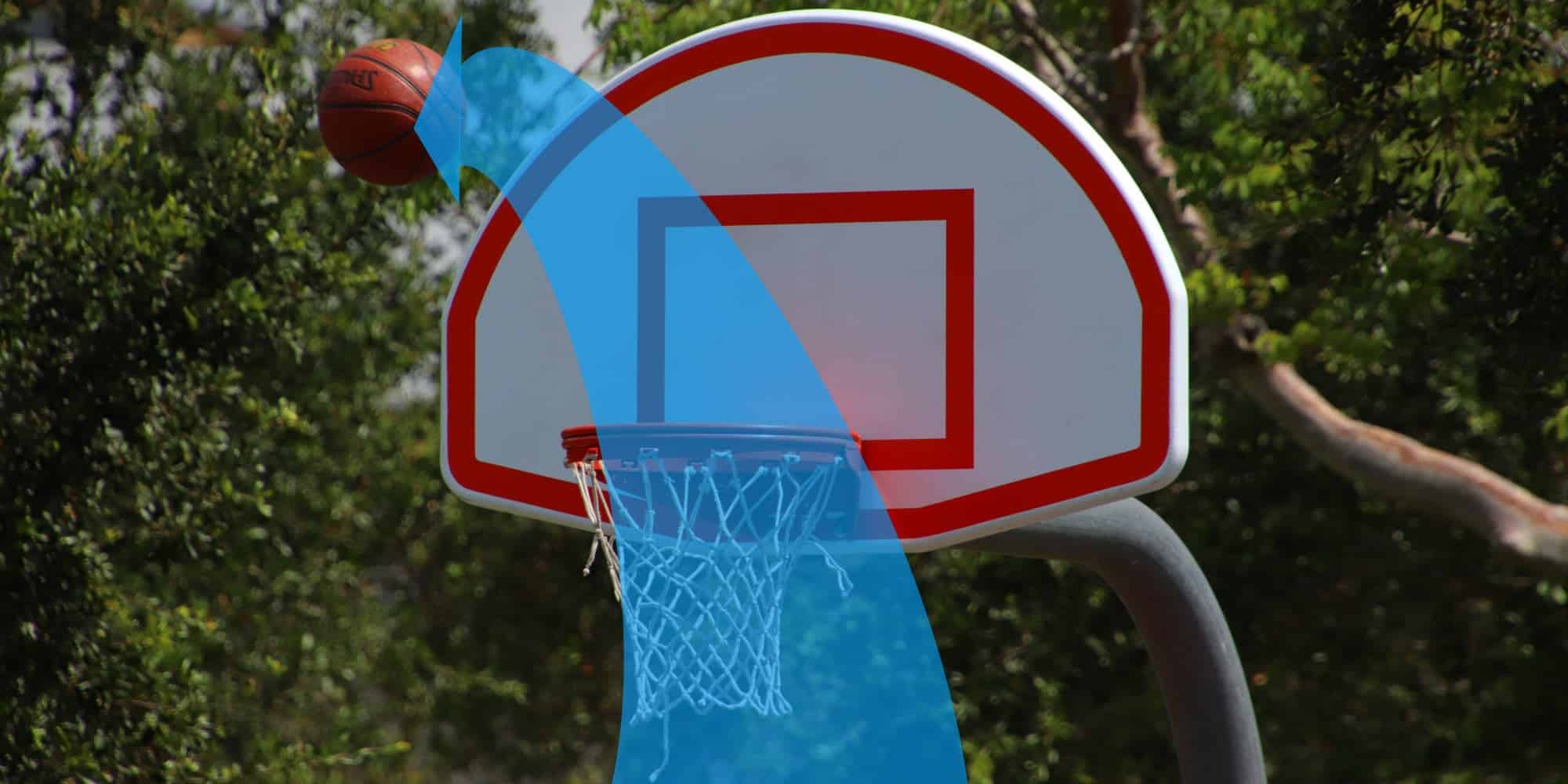Like any sport, basketball has its own set of rules and terminology that can be confusing to new players and fans. And today, we’ll be diving into one of the most well-known (and sometimes embarrassing) terms in basketball: the “air ball”. We’ll explain what it is, when it occurs, and some famous airball moments in basketball history.
Definition of an Air Ball
An air ball is a term used in basketball to describe a shot attempt that completely misses the hoop, backboard, and rim. Essentially, it’s a shot that touches nothing but “air” (hence the name!) before landing out of bounds or being caught by a player.
Airballs can happen during both free throws and regular gameplay, and they are often met with a mixture of amusement and frustration from players, coaches, and spectators alike.
Why Do They Happen?
There are several reasons why a player might shoot an airball. Here are the most common causes:
Poor Shooting Technique
The primary cause of air balls is poor shooting technique. Players who haven’t developed a proper shooting form are more likely to experience air balls. This can include a lack of follow-through, poor release, or improper balance during the shot.
Fatigue
When players get tired, their form and decision-making can suffer. Fatigue can lead to poor shot selection, rushed attempts, and/or deteriorated shooting form, resulting in an air ball.
Defensive Pressure
Sometimes, a well-timed block or a tenacious defender can force a shooter to adjust their shot mid-air, causing the ball to fly off target and result in an air ball.
They Can Come From ANY Shot
In high-level basketball, airballs typically occur when a player is under heavy pressure, be it from the opposing team’s defense or a shot clock that’s about to hit zero. Jump shots from mid-range or beyond the arc are the most common type of shot to miss the backboard completely.
However, layups, free throws, and even dunks can be airballs. These are less expected, and with that comes greater embarrassment for the player that committed it.
Famous Air Ball Moments In The NBA
Air balls happen at all levels of play, from amateur pick-up games to professional leagues. Here are a few famous air ball moments in NBA history:
Kobe Bryant’s Rookie Airballs
In the 1997 NBA Playoffs, rookie Kobe Bryant infamously air-balled four shots in a single game! The Lakers ended up losing the elimination game 98-93 to the Utah Jazz. However, this was actually a turning point in Kobe’s career which put him on an unending quest to improve his mental and physical toughness.
Nick Anderson’s Free Throw Air Ball
During the 1995 NBA Finals, Orlando Magic’s Nick Anderson missed four consecutive free throws, with the last one being an air ball. The missed free throws contributed to the Magic’s loss in the series.
Joakim Noah’s “worst free throw ever”
In what can possibly be described as the worst free throw in NBA history, Joakim Noah of the New York Knicks hit nothing but air in 2016. What made the airball so special was the fact it was both very far to the side AND short of making the rim.
What Makes Airballs Worse Than Regular Missed Shots?
As you might have guessed from their especially negative connotations, air balls are more detrimental to the offense than regular missed shots. While both types of misses result in zero points, air balls are especially costly for two reasons:
Lost Offensive Rebounding Opportunities
When a shot misses but hits the rim or backboard, there’s still a chance for the offense to grab the rebound and score on a second-chance opportunity. However, with air balls, this opportunity is typically lost. Since air balls are statistically likely to travel out of bounds or directly into a defender’s hands, the offense loses the chance to recover the ball and reset their play. Instead, the team that made the airball will almost always give up possession to the other team.
Psychological Impact
Shooters on a scoring streak are often said to have ‘hot hands’, meaning they are on a roll. There’s some evidence that successive shots are more likely to be successful because of the psychological boost.
An airball, on the other hand, can be embarrassing and demoralizing, potentially affecting the player’s confidence and performance for the remainder of the game. In contrast, a regular miss, while still disappointing, may not have the same emotional impact.

